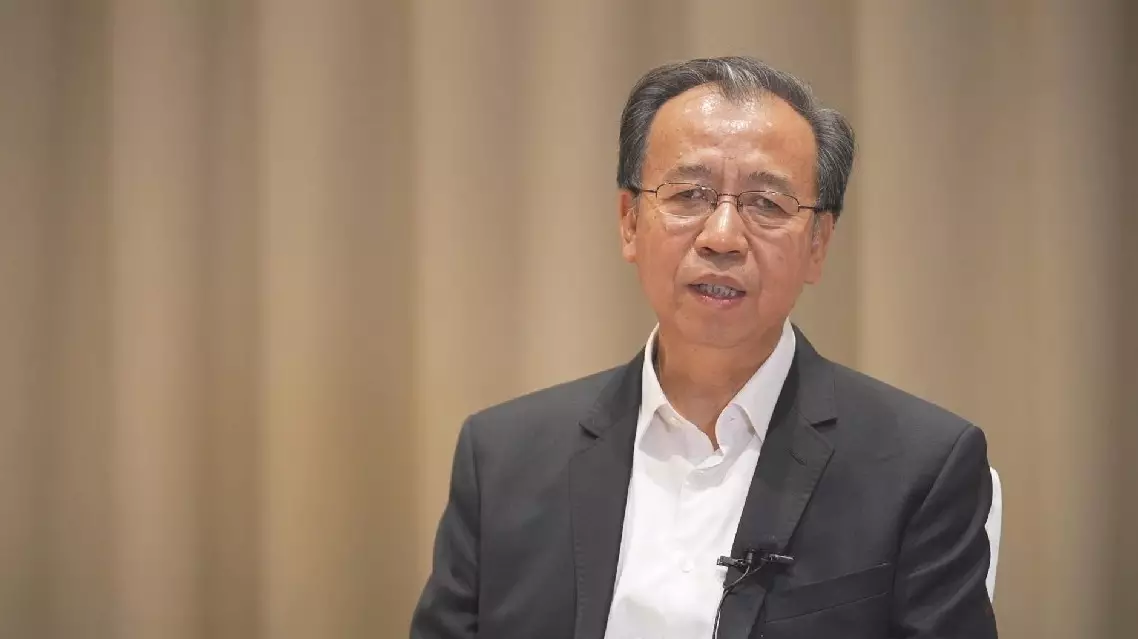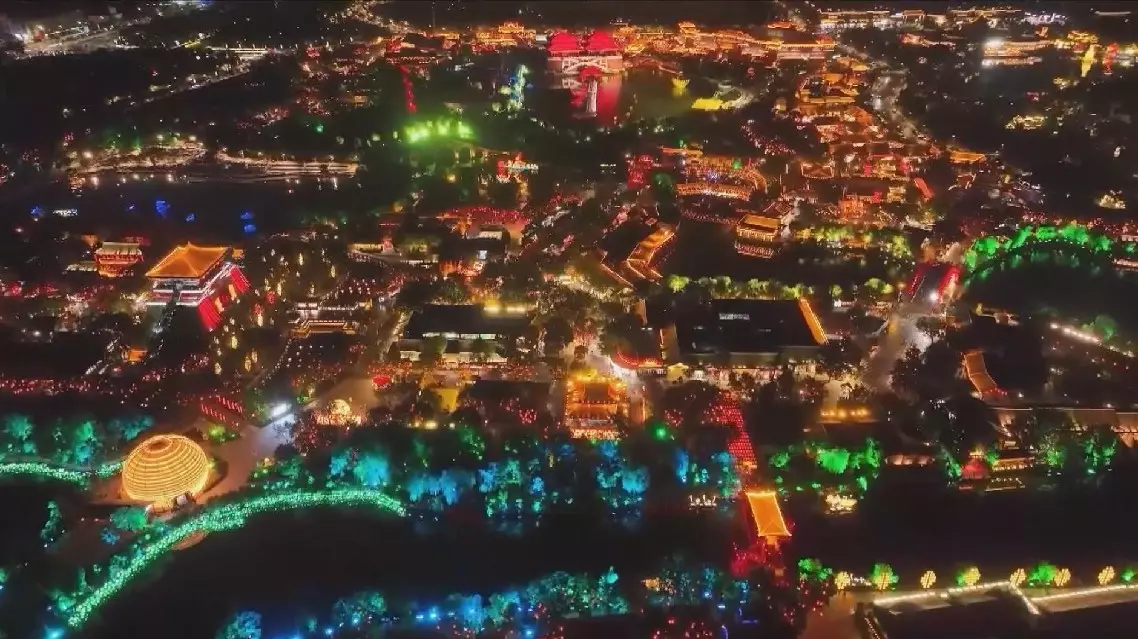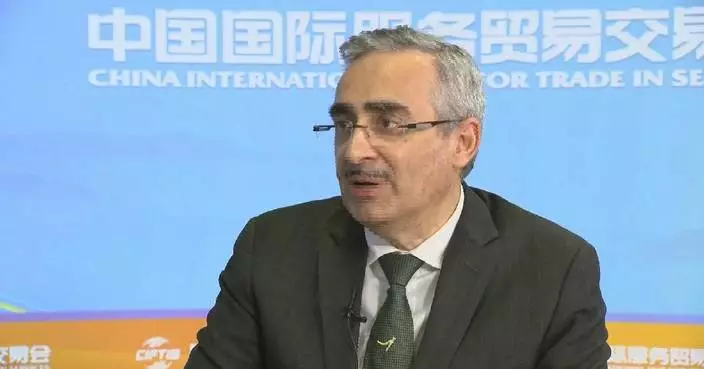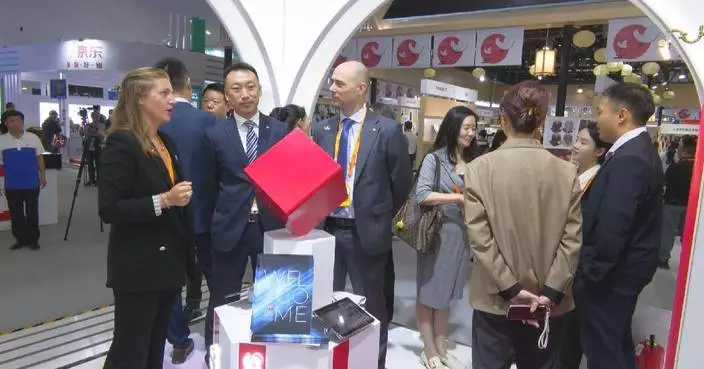Chinese space engineers are addressing technical challenges in Mars sample retrieval, as China prepares for the Tianwen-3 mission, which involves two launches to return samples from Mars by around 2028, according to the mission's chief designer.
The mission is expected to become the world's first such attempt on the Red Planet, and will involve international payload cooperation, as well as global collaboration in sample and data sharing.
The plan is structured into 13 stages, employing both in-situ and remote sensing techniques to conduct comprehensive research on Mars samples to ensure that they can be successfully returned and yield meaningful scientific discoveries.
Liu Jizhong, the chief designer, unveiled more details of the plan in a recent interview with China Global Television Network (CGTN) in Tunxi of Huangshan City in east China's Anhui Province, where the 2nd International Deep Space Exploration Conference was held.
He said that the mission's top priority is to search for traces of life on Mars, and will involve critical engineering technologies.
"We have made many optimizations and upgrades during the demonstration process. So, it should be carried out with two Long March 5 carrier rockets, which basically would be launched in succession. Then all the samples can finally be returned. However, the sample return mission still faces many challenges. First of all, there is the issue of landing accuracy. Secondly, the return mission requires a launch from the surface of Mars, which actually involves a small rocket launch. Therefore, it is very difficult to ensure the reliability of the entire flight process. Thirdly, the temperature of Mars is relatively low, which poses a challenge to the propellants used in our current rockets," Liu said.
The engineer said international cooperation on the Tianwen-3 mission will focus on three areas: payload collaboration, sample and data sharing, and planning for future missions.
"International cooperation has always been an important part of China's deep space exploration. Throughout the process, we've been working together with our international fellow scientists. Meanwhile, we have set aside certain resources for international payloads. Basically, we kept 25 kilograms for the orbiter and five kilograms for the service orbiter. Many international scientific research institutions and universities have expressed great interest - including Russia, Europe and some other countries. Other forms of international cooperation include data cooperation in future, such as data sharing, including joint research on the samples," he said.
China is making progress in its manned lunar mission, which Liu said could pave the way for future human missions to Mars in the decades to come.
"Currently, we are working on the manned lunar landing mission, and it's progressing smoothly. In fact, one of the goals of this mission is to conduct research through landing humans on the lunar surface, which will pave the way for future missions to Mars. Therefore, it is definitely a possibility for us humans to land on the Mars," Liu said.
Humanity's journey to explore the Red Planet began 64 years ago with the former Soviet Union's 1960 Mars mission. To date, seven countries and international organizations have conducted 47 Mars exploration treks, achieving flybys, orbital missions, landings, and surface rovers. However, the challenging task of returning samples from Mars remains unaccomplished.

Space engineers addressing challenges in Mars sample retrieval: chief designer









